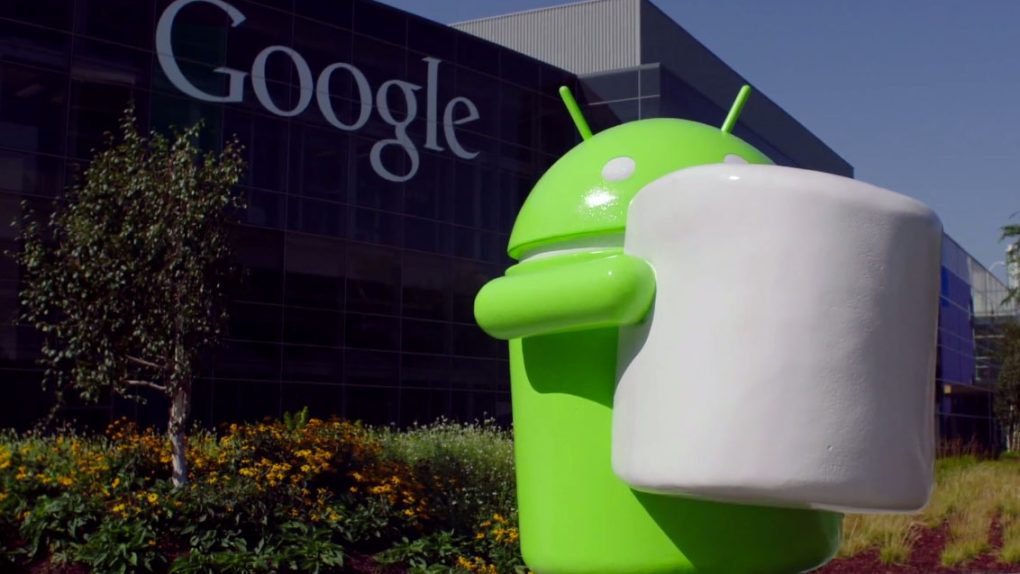So the most recent Android distribution numbers are out and they show that 21% of Android devices are now running on Android 5.0 Lollipop. Time to celebrate, right? Well, not so fast: If we look at numbers from past years about how quickly the latest versions of Android were adopted, we can see that Android’s fragmentation problem hasn’t really improved at all.
FROM EARLIER: Hilarious GoPro ad parody features world’s most painful stunt fails
First, here’s a chart of the numbers as they stand right now. Notice that ancient versions of Android such as Froyo and Gingerbread are still active despite being released several years ago:
As you can see, assorted versions of Lollipop are on 21% devices, while KitKat is on 39%. Now let’s look at where things stood at this time last year:
In this case, we can see KitKat was on 24.5% of devices at this time last year, while all the different versions of Jelly Bean were on 53.8%. This means that a great percentage of Android devices actually had the latest software last year than they do this year.
Now let’s look at September 2013. This chart shows Jelly Bean, which was the newest version of Android two years ago, was on 45.1% of Android phones:
Taken together, we can see that it’s taking longer for the latest versions of Android to get out to handsets than it has in past years. While Google has tried to do a better job of getting the latest software to devices, we can see that its efforts haven’t been successful: The Android fragmentation situation simply isn’t improving and is, if anything, getting worse.






